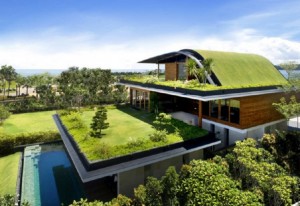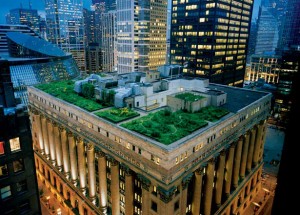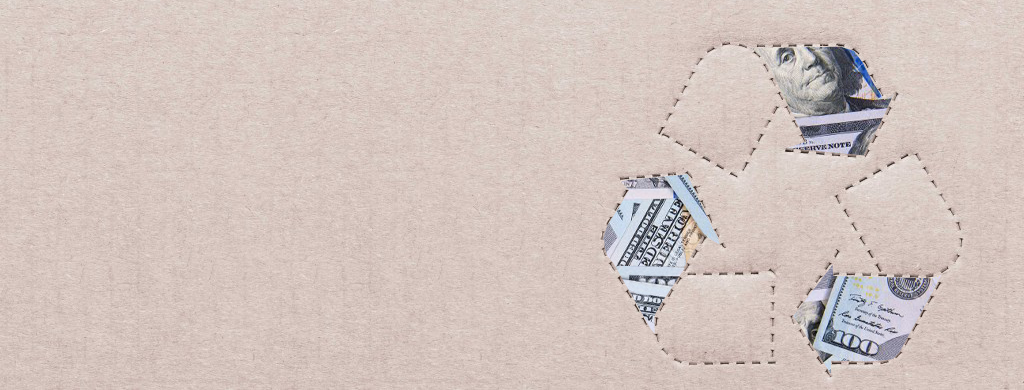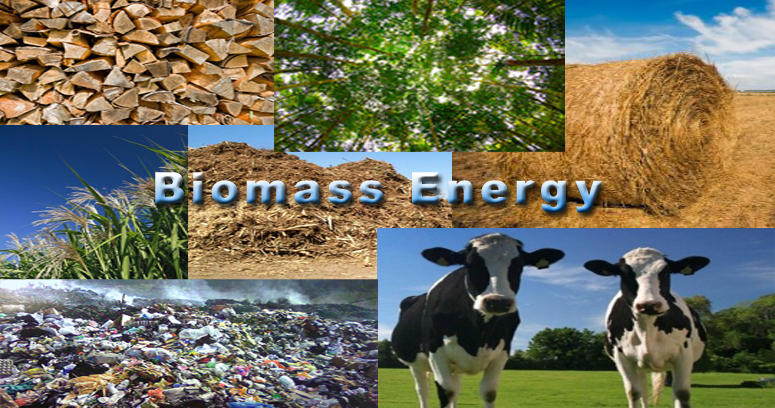Green Roof Is An Age-Old Concept
GREEN building methods and materials are typically seen as “new-age” building solutions to age-old building problems. But one of the most visibly “green” building systems being used widely today – the “living roof” or “green roof” – has been in use for millennia.
Centuries ago northern Scandinavians harvested sod from their surrounding landscape and placed
it upon structures to create effective insulating and water resistant roof systems. By creatively using building materials that were readily available to them, these early peoples were able to make robust and superbly efficient shelters for themselves.
In the 1960s designers in Germany began to incorporate green roofs into their buildings purely as an aesthetic feature to enhance the beauty of their buildings. In 1970 German landscape architect Hans Luz recognized that these green roofs were far more than a simple decorative coverings and argued that the introduction of living roofs could profoundly improve the quality of the urban environment. The “modern” green roof was born.
Today, the green roof is gaining mainstream recognition as an ecologically minded system that adds to any sustainable urban management plan. The new Vancouver Convention and Exhibition Centre boasts the largest green roof in Canada and clearly proves that the “living roof” has evolved from being a curiosity to a contemporary, ecologically conscious, architectural expression.
Here are six reasons why a green roof is a realistic, environmentally conscious choice for the modern home.
One of the biggest misunderstandings about a green roof is that it negatively affects the integrity of the roof system that it’s placed over. Nothing could be further from the truth. A well designed, correctly installed green roof will protect the waterproof membrane that lies beneath it and, in turn, will extend the overall life of a roof.
Storm-water runoff will be greatly decreased with the utilization of a living roof. The growing medium and the vegetation of a green roof retain large amounts of storm water and will release it back into the environment at a far more manageable rate than a regular roof surface.
The slow transpiration of water back into the air (as highlighted above) creates a cooling effect that helps reduce the urban heat-island effect.
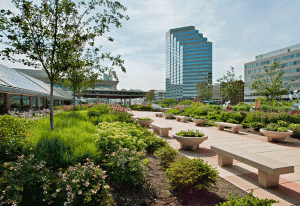
(sourced from greenroofs.com) Pictured Above is the Baltimore Convention Center green roof.
Imagine a roof the size of the Vancouver Convention and Exhibition centre having a standard tar and gravel surface and how, on a hot summer day, this roof will absorb solar radiation over the hectares of its surface and re-emit it back into the city as heat.
There’s a reason cities are significantly warmer than the areas that surround them. A green roof helps reduce this heat gain. As the Scandinavians of yore knew well, a green roof greatly increases the insulating capacity of a roof system.The added mass and thickness of a living roof will provide excellent sound insulation for a home.
A living roof will provide a habitat for birds and insects and act as a natural carbon sink, drawing carbon dioxide out of the air. For some, the living roof can even be used as a resource for growing their own food. The idea of stepping out on the roof to snip some cilantro is an enticing one.
Waste to Energy Systems believes there is not one answer for a greener future. It will take a green alliance between all the methods and technologies out there to ensure that we create a better environment.
From article written by Kevin Vallely (http://www.nsnews.com/)

